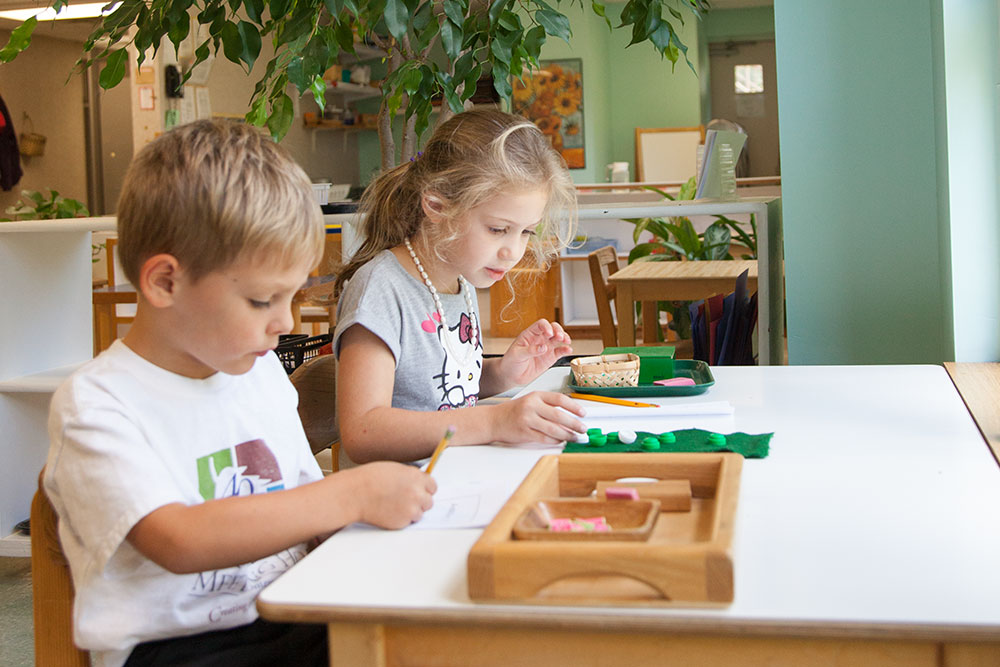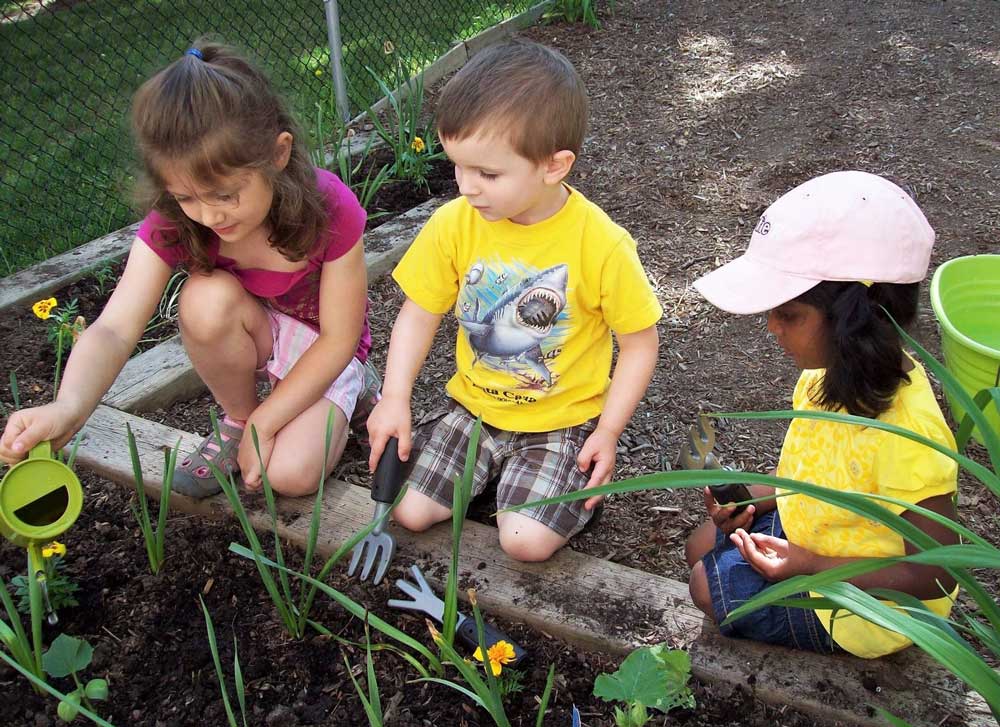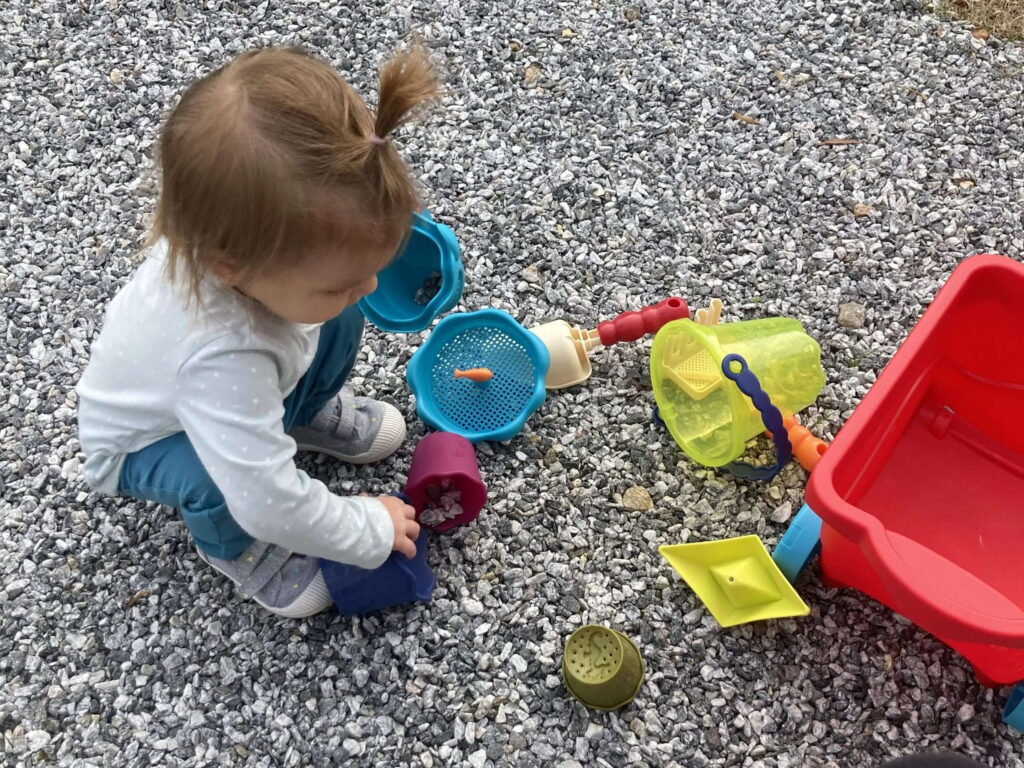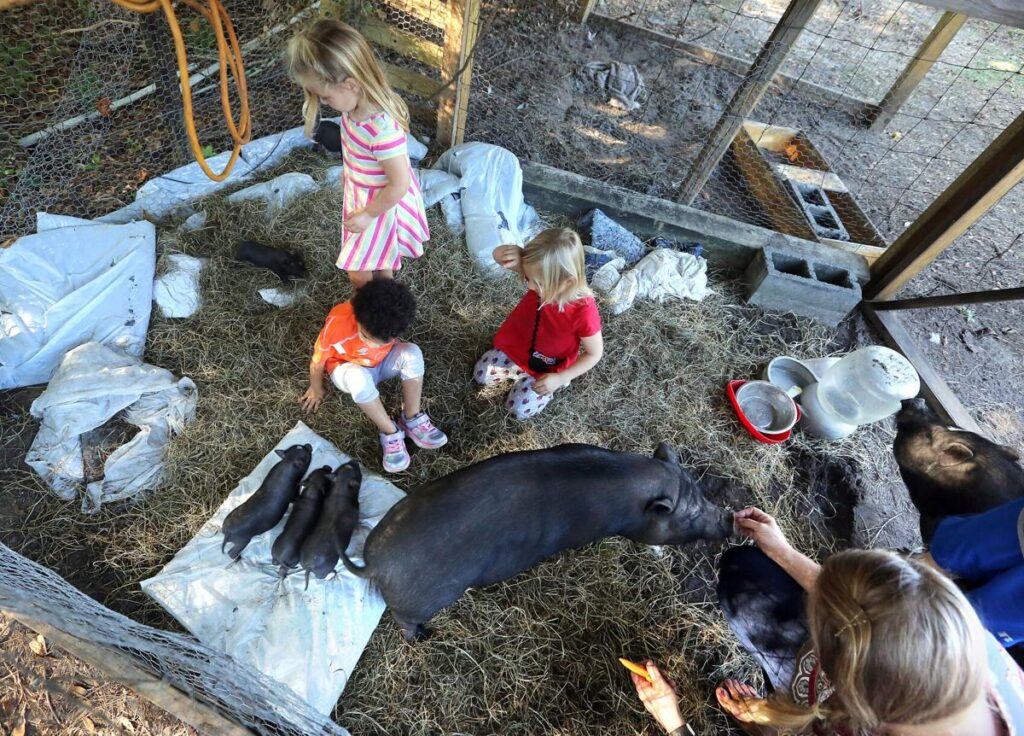As parents and educators, we all want what’s best for our children. One of the most important decisions we make is choosing the right educational approach for our little ones. Two of the most popular approaches are Montessori and Reggio Emilia. In this blog post, we’ll take a closer look at both approaches and compare them.
What is Montessori Education?
Montessori education is a child-centered approach that was developed by Dr. Maria Montessori in the early 1900s. The Montessori method emphasizes independence, freedom within limits, and respect for a child’s natural development. Montessori classrooms are designed to encourage self-directed learning, and teachers act as guides who help children learn at their own pace.
What is Reggio Emilia Education?
Reggio Emilia is an educational approach that was developed in the town of Reggio Emilia, Italy, after World War II. The Reggio Emilia approach is centered around the belief that children are capable of constructing their own learning. Reggio Emilia classrooms are designed to encourage exploration and discovery, and teachers act as facilitators who encourage children to ask questions, explore, and investigate.

Differences between Montessori and Reggio Emilia Education
- Approach to Learning
Montessori education emphasizes self-directed learning, while Reggio Emilia emphasizes exploration and discovery.
- Classroom Design
Montessori classrooms are designed to encourage independence and self-directed learning, while Reggio Emilia classrooms are designed to encourage exploration and discovery.
- Role of the Teacher
In Montessori education, teachers act as guides who help children learn at their own pace, while in Reggio Emilia education, teachers act as facilitators who encourage children to ask questions, explore, and investigate.
- Curriculum
Montessori education has a structured curriculum that focuses on practical life skills, sensorial education, language, math, and cultural studies, while Reggio Emilia education has a flexible curriculum that is based on the interests of the children.

- Assessment
In Montessori education, assessment is done through observation and feedback, while in Reggio Emilia education, assessment is done through documentation and reflection.
- Materials
Montessori education uses specialized Montessori materials that are designed to encourage self-directed learning, while Reggio Emilia education uses a wide range of materials, including natural materials and recycled materials.
- Parent Involvement
Both Montessori and Reggio Emilia education emphasize parent involvement, but Reggio Emilia places a stronger emphasis on community involvement.
- Philosophy
Montessori education is based on the philosophy that children are naturally curious and will learn on their own if given the right environment, while Reggio Emilia education is based on the philosophy that children are capable of constructing their own learning.

- Teacher Training
Montessori teachers are required to have specialized Montessori training, while Reggio Emilia teachers are not required to have specialized training.
- Cost
Montessori education can be more expensive than Reggio Emilia education, as specialized Montessori materials and trained teachers can be costly.
Conclusion
Both Montessori and Reggio Emilia education have their own unique strengths and benefits. Choosing the right educational approach for your child depends on your child’s learning style, interests, and needs. It’s important to do your research and visit different schools before making a decision.

